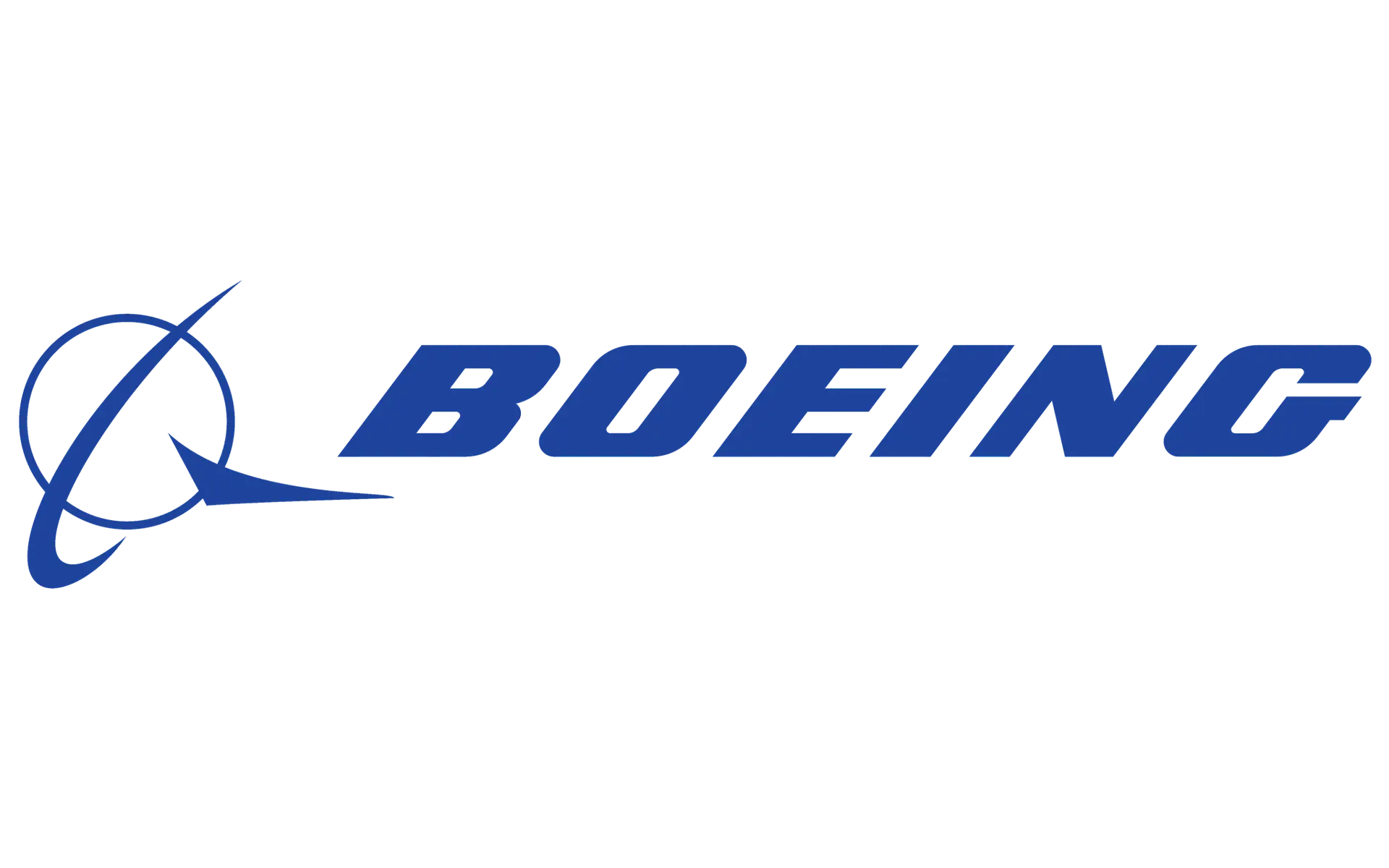Inspecting an irregular or unknow surface with FMC/TFM
In this presentation, our Technical Application Manager, Jeremy Gaumer, talks about the benefits of using Full Matrix Capture and Total Focusing Method (FMC/TFM) when inspecting complex geometries. He mentions several application examples, notably weld inspection.
He then discusses Adaptive Plane Wave Imaging as a fast ultrasound technology for the inspection of irregular surfaces using the example of a 3.2m long plate.
Full Matrix Capture
powerfull acquisition process
FMC – Data acquisition scheme:
Fire on one element and receive on all elements.
Fire each one individually and receive all each time for all the cycles.
Receive a great number of A scans that can then be reconstructed.
Total Focusing Method
outstanding image reconstrution
TFM – Post-processing imaging:
Use a grid with a defined grid density.
Compute TFM by applying delay and sum at every point in the pixel grid.
Run all of the raw A scan information through that algorithm.
Estimate the surface with the interface echoes received by all elements LIVE .
What if the surface is unknown or irregular?
-
BENEFITS OF FMC/TFM FOR COMPLEX SURFACES:
- Discover where this surface is in REAL TIME.
- Inspections made easy: no need to know the geometry ahead of time for extensive motion control.
-
Incredible resolution, SNR, and power.
-
BENEFITS OF ADAPTIVE PLANE WAVE IMAGING (PWI) FOR COMPLEX SURFACE:
- Speed: with PWI, we fire many less cycles than we do with TFM and that also means less data overhead.
- Powerful: you can scan large things quickly (raster scan is a good application example for PWI).
What will you need to do this inspection?
The minimum equipment needed for the inspection of complex surfaces with FMC/TFM or Adaptive PWI consists of an Explorer doing the pulsing and receiving, a water wedge to conform itself to the curved surface, a probe, and a computer to do the imaging reconstructions (using a GPU).
The Explorer line meets the requirements of your most demanding applications across all industries. It is the most versatile family of devices on the market for ultrasonic testing: Phased Array, FMC/TFM Advanced Imaging Techniques (PWI, PWI, PCI,…)

More about new imaging approaches in Ultrasonic NDT
Total Focusing Method is not only FMC/TFM, it is the tip of the iceberg in terms of imaging techniques.
Check out Cyril Thibault’s presentation “New Imaging Approaches in Ultrasonic NDT” to learn more about the potential of new imaging techniques in ultrasonic NDT:
Versatility – High resolution imaging – Speed – Adaptability to real-world applications
New Imaging Approaches in Ultrasonic NDT – TPAC – Unique In NDT (thephasedarraycompany.com)

















